Home>Storage Ideas>Storage Baskets>How To Keep Hanging Baskets From Drying Out
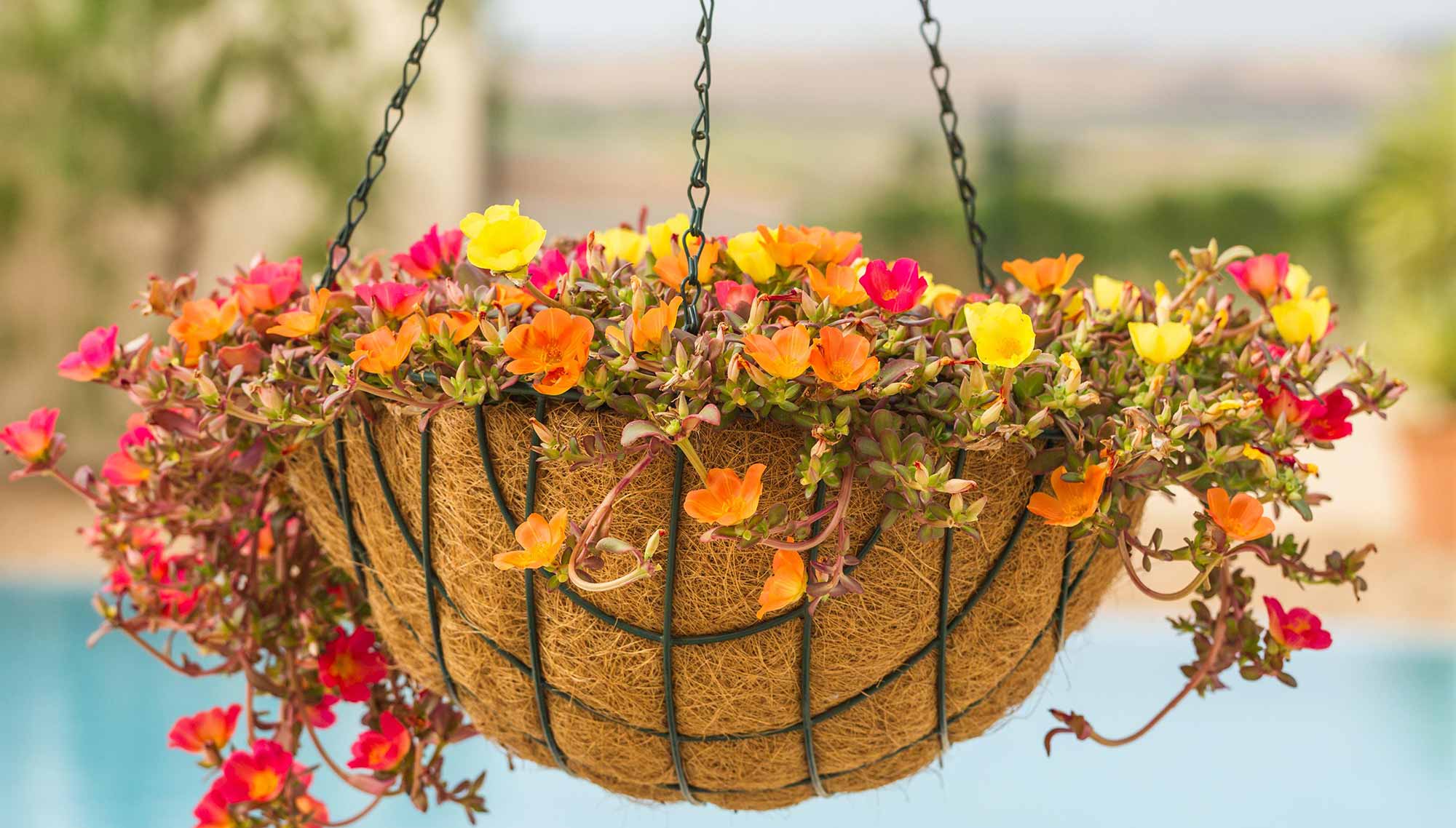

Storage Baskets
How To Keep Hanging Baskets From Drying Out
Modified: October 21, 2024
Prevent your storage baskets from drying out with these expert tips. Keep your hanging baskets hydrated and looking fresh all year round.
(Many of the links in this article redirect to a specific reviewed product. Your purchase of these products through affiliate links helps to generate commission for Storables.com, at no extra cost. Learn more)
Introduction
Welcome to the world of hanging baskets! These beautiful and versatile containers are a fantastic addition to any garden or outdoor space. Whether you have a green thumb or are just beginning to explore the joys of gardening, hanging baskets provide a great opportunity to showcase your favorite plants and flowers in a creative and eye-catching way.
However, one common challenge that many gardeners face is keeping their hanging baskets from drying out. With their elevated position and exposure to the elements, hanging baskets can easily lose moisture, leading to dehydrated and lackluster plants.
But fear not! In this article, we will explore effective strategies and tips to help you keep your hanging baskets properly hydrated and thriving. From choosing the right basket to using the correct soil and implementing smart watering techniques, we’ll cover everything you need to know to prevent your hanging baskets from drying out.
So let’s dive in and discover the secrets to maintaining vibrant and healthy hanging baskets all season long!
Key Takeaways:
- Choose the right hanging basket, soil, and location to maintain moisture. Implement proper watering techniques and consider mulching for optimal hydration and vibrant, healthy hanging baskets.
- Incorporate moisture-retaining materials, watering systems, and regular maintenance to ensure long-lasting, flourishing hanging baskets. Monitor and adjust watering based on plant needs and environmental conditions for optimal hydration.
Read more: How To Hang Hanging Baskets From Porch
Choosing the Right Hanging Basket
When it comes to keeping your hanging basket from drying out, the first step is selecting the right container. The choice of basket can greatly impact the water retention capabilities and overall health of your plants. Here are some factors to consider when choosing the right hanging basket:
- Material: Hanging baskets come in various materials, such as plastic, metal, or woven materials like wicker or moss. Each material has different moisture retention properties. Plastic containers tend to hold moisture well, while moss or wicker baskets may require more frequent watering.
- Size: The size of the hanging basket is crucial for water management. Smaller baskets may dry out more quickly, requiring more frequent watering, while larger baskets can hold more moisture and provide better insulation for the plants.
- Drainage: Ensure that your hanging basket has proper drainage holes at the bottom to prevent waterlogged roots. Excess water should be able to flow out freely, allowing for healthy root development.
- Shape: Consider the shape of the hanging basket. Cone-shaped baskets have a smaller surface area, which can make it more challenging to retain moisture. Opt for wider, flatter baskets that allow for better soil coverage and moisture distribution.
- Lining: Some hanging baskets come with liners, such as coconut coir or sphagnum moss, which can help retain moisture and provide insulation for the plants. These liners also aid in reducing evaporation from the sides of the basket.
By carefully selecting the right hanging basket for your plants, you can set a solid foundation for healthy and well-hydrated growth. Once you have chosen the ideal hanging basket, the next step is to focus on proper watering techniques to ensure your plants receive adequate moisture.
Properly Watering Your Hanging Baskets
Watering is perhaps the most critical aspect of maintaining the health and vitality of your hanging baskets. Follow these tips to ensure that your plants receive the right amount of water:
- Consistency: Develop a watering routine and stick to it. Hanging baskets typically require more frequent watering compared to plants in the ground. Check the moisture level of your basket daily, especially during hot and dry periods.
- Timing: Water your hanging baskets early in the day or late in the evening when the temperatures are cooler. This reduces the risk of water evaporating quickly and gives the plants ample time to absorb the moisture.
- Deep Watering: Ensure that you are watering deeply enough to reach the roots. A shallow, surface-level watering can lead to shallow root growth and increased vulnerability to drying out. Aim for a slow and thorough watering to allow the soil to absorb the moisture.
- Water Quantity: Provide enough water to thoroughly saturate the soil in the hanging basket. Keep watering until you see water draining from the bottom of the container. This indicates that the entire root system has received adequate hydration.
- Plant-Specific Watering: Different plants have varying water requirements. Take into account the specific needs of the plants in your hanging basket. Certain plants may require more frequent watering, while others may prefer a slightly drier environment.
- Avoid Overwatering: Although it’s essential to water your hanging baskets regularly, be cautious not to overwater. Overwatering can lead to root rot and fungal diseases. Allow the top inch or two of the soil to dry out slightly between watering sessions.
Remember, each plant and hanging basket combination may have unique watering needs. Monitor the moisture level of the soil, observe the plants for signs of dehydration or overwatering, and make adjustments as necessary.
Now that you understand the importance of proper watering techniques, let’s move on to the next step: selecting the right soil and potting mix for your hanging baskets.
Using the Right Soil and Potting Mix
The soil and potting mix you use in your hanging baskets play a crucial role in retaining moisture and providing nutrients to your plants. Here are some tips on using the right soil and potting mix:
- Well-Draining: It’s important to use a well-draining soil mix for your hanging baskets. This helps prevent waterlogged roots and allows excess water to flow out. A mix that combines equal parts of potting soil, perlite, and vermiculite provides good drainage while retaining some moisture.
- Moisture-Retaining Additives: Consider adding moisture-retaining materials or additives to your potting mix. These can include coconut coir, peat moss, or water-absorbing polymers. These additives help in retaining water and reducing the frequency of watering.
- Nutrient-Rich: Choose a potting mix that is rich in nutrients to support the growth of your plants. Look for mixes that contain organic matter or slow-release fertilizers to provide a steady supply of nutrients to the roots.
- Proper pH Level: Check the pH level of the potting mix before using it. Most plants prefer a slightly acidic to neutral pH range. Adjust the pH as needed by adding dolomitic lime for acidic soil or sulfur for alkaline soil.
- Regular Soil Amending: Over time, the potting mix in your hanging basket may become compacted and lose its moisture-retaining abilities. Periodically refresh the soil by removing the top layer and replacing it with fresh potting mix.
When filling your hanging basket with soil, be sure to pack it firmly but not too tightly. Leave enough space for the roots to breathe and for water to move through the soil.
By using the right soil mix and incorporating moisture-retaining additives, you can provide your plants with the optimal growing medium and help prevent your hanging baskets from drying out.
Next, we’ll explore the importance of placing your hanging baskets in the right location.
Placing Your Hanging Baskets in the Right Location
The location where you hang your baskets can greatly affect their moisture levels. Here are some factors to consider when choosing the right spot for your hanging baskets:
- Sunlight Exposure: Take note of the sunlight requirements of the plants in your hanging baskets. Some plants thrive in full sun, while others prefer partial shade. Hang your baskets in a location that provides the appropriate amount of sunlight for your plant selection.
- Wind Protection: Strong winds can quickly dry out the soil in your hanging baskets. Consider hanging them in a spot that offers some protection from gusts of wind. This could be under a patio awning or near a windbreak, such as a tall hedge or wall.
- Temperature Considerations: Extreme temperatures can also impact the moisture levels in your hanging baskets. Avoid placing them in areas that are exposed to intense heat or cold, such as next to radiators or air conditioning units.
- Humidity Levels: Some plants thrive in higher humidity levels. If you have plants that prefer a humid environment, consider hanging your baskets in locations that naturally provide more humidity, such as near a water feature or in a shaded area with good air circulation.
- Accessibility: Choose a location for your hanging baskets that is easily accessible for watering and maintenance. Hanging them at a height that allows you to comfortably reach them will make caring for your plants much easier.
- Consider Seasonal Changes: Keep in mind that the sunlight exposure and temperature requirements for your hanging baskets may vary depending on the season. Monitor the conditions throughout the year and make adjustments as needed.
By selecting the right location for your hanging baskets, you can provide them with the optimal environmental conditions to thrive. This will minimize the risk of dehydration and help maintain the moisture levels necessary for healthy plant growth.
Next, let’s explore additional strategies to enhance moisture retention in your hanging baskets, such as mulching and using moisture-retaining materials or additives.
Read more: How To Keep From Sliding Out Of A Recliner
Mulching to Retain Moisture
Mulching is a valuable technique that can help retain moisture in your hanging baskets by creating a protective layer on the soil surface. Here’s how to effectively mulch your hanging baskets:
- Choose the Right Mulch: Select a suitable mulch material for your hanging baskets, such as shredded bark, straw, coconut coir, or even compost. Avoid using dense materials that may trap too much moisture and lead to root rot.
- Apply a Thin Layer: Sprinkle a thin layer of mulch on the soil surface of your hanging baskets, being careful not to cover the base of the plants. Aim for a layer that is about half an inch to an inch in thickness.
- Leave Space Around the Stems: Make sure to leave a small gap around the stems of your plants when mulching. Direct contact with the mulch can create a moist environment that is conducive to diseases and pests.
- Replenish as Needed: Over time, the mulch layer may break down or be washed away by watering and rain. Regularly check and replenish the mulch as needed to maintain its moisture-retaining properties.
- Avoid Overmulching: While mulch can be beneficial for moisture retention, too much of it can lead to waterlogging and root suffocation. Use mulch in moderation to strike the right balance between moisture retention and proper drainage.
Mulching not only helps in retaining moisture but also aids in regulating soil temperature, suppressing weed growth, and improving the overall appearance of your hanging baskets.
Now that you know how to mulch your hanging baskets, let’s explore additional strategies to enhance moisture retention, such as using moisture-retaining materials or additives.
Place a layer of plastic wrap or a small plastic bag at the bottom of the basket before adding soil to help retain moisture.
Using Moisture-Retaining Materials or Additives
In addition to mulching, there are various moisture-retaining materials and additives that you can incorporate into your hanging baskets to help prevent them from drying out. Here are some options to consider:
- Coconut Coir: Coconut coir is a popular choice for enhancing moisture retention. This fibrous material holds water well, while also providing proper drainage. Mix coconut coir into your potting mix or use it as a lining in the basket to help retain moisture.
- Water-Absorbing Polymers: Water-absorbing polymers, often sold as crystals or gel granules, can be mixed into the potting mix. These polymers absorb water and slowly release it to the plants’ roots as needed, reducing the frequency of watering.
- Vermiculite: Vermiculite is a lightweight, mineral-based material that helps retain moisture in the soil. It can be mixed into the potting mix or layered on top of the soil surface. Vermiculite absorbs water and releases it slowly, keeping the soil consistently moist.
- Peat Moss: Peat moss is an organic material that can hold a significant amount of moisture. It improves water retention in the soil and helps create an optimal environment for plant roots. Mix peat moss into your potting mix to increase moisture retention.
- Water-Holding Crystals: Similar to water-absorbing polymers, water-holding crystals are granules that expand and absorb water. Mix them into the soil or potting mix before planting. These crystals can help retain moisture and distribute it to the plants as needed.
When utilizing moisture-retaining materials or additives, it’s important to follow the manufacturer’s instructions for proper usage and dosage. These materials can significantly improve the water-holding capacity of your hanging basket’s soil, reducing the frequency of watering and minimizing the risk of dehydration.
Remember that while moisture-retaining materials can be beneficial, they should be used in conjunction with proper watering practices and monitoring the moisture levels of your hanging baskets.
Next, let’s explore additional techniques such as adding a water reservoir or implementing a drip irrigation system to further enhance the moisture retention in your hanging baskets.
Adding a Water Reservoir or Drip Irrigation System
To ensure consistent moisture in your hanging baskets and reduce the risk of drying out, you can consider incorporating a water reservoir or drip irrigation system. These methods provide a more efficient and controlled way of delivering water to your plants. Here’s how you can implement them:
- Water Reservoir: One method is to add a water reservoir at the bottom of your hanging basket. This can be achieved by placing a small plastic container with drainage holes in the center of the basket. Fill it with water, and as the soil dries out, it will draw up water from the reservoir through capillary action.
- Drip Irrigation: Drip irrigation systems are a great way to automate the watering process for your hanging baskets. Install a drip system with micro-tubing and emitters that deliver water directly to the soil around the plant’s root zone. This ensures a slow, steady release of water, minimizing waste and maximizing moisture retention.
- Self-Watering Hanging Baskets: Another option is to use self-watering hanging baskets. These containers come with built-in water reservoirs and a wicking mechanism that draws water up into the soil as needed. Self-watering baskets can help maintain consistent moisture levels and reduce the frequency of manual watering.
- Monitoring and Adjusting: Regardless of the watering method you choose, it’s essential to regularly monitor the moisture levels in your hanging baskets. Check the soil’s moisture with a finger or a moisture meter and adjust the watering schedule as needed to ensure optimal hydration for your plants.
Adding a water reservoir or implementing a drip irrigation system can provide a more efficient and consistent way of watering your hanging baskets. These methods reduce water wastage and help keep the soil evenly moist, promoting healthy plant growth and reducing the chance of dehydration.
Now that you have explored various techniques to retain moisture in your hanging baskets, let’s move on to discussing the importance of monitoring and adjusting the watering schedule.
Monitoring and Adjusting Watering Schedule
Proper monitoring and adjusting of the watering schedule is crucial to maintaining the optimal moisture levels in your hanging baskets. Here are some guidelines to follow:
- Check Moisture Levels Regularly: It’s important to regularly check the moisture levels in your hanging baskets. Use your finger or a moisture meter to gauge the dryness or wetness of the soil. Aim to keep the soil evenly moist, but not waterlogged or bone dry.
- Observe Plant Needs: Different plants have varying water requirements. Take note of the specific needs of the plants in your hanging baskets. Some may prefer a consistently moist environment, while others may tolerate slight dryness between watering.
- Factor in Environmental Conditions: Environmental conditions such as temperature, humidity, and sunlight exposure affect the rate at which plants dry out. Adjust your watering schedule accordingly during hot and dry periods or when your hanging baskets are exposed to direct sunlight for extended periods.
- Consider Seasonal Changes: Seasonal changes also impact the watering needs of your hanging baskets. During cooler months or periods of less growth, plants may require less frequent watering. Adjust your watering schedule to align with the changing seasons and plant dormancy.
- Water Based on Moisture, Not a Set Schedule: Rather than adhering to a rigid schedule, it’s best to water your hanging baskets based on the moisture levels of the soil. This ensures that you provide water when the plants need it, preventing both overwatering and underwatering.
- Pay Attention to Signs of Dehydration or Overwatering: Monitor your plants for signs of dehydration or overwatering. Wilting, leaf discoloration, and root rot are indications that adjustments to your watering routine may be necessary. Adjust watering frequency and quantity accordingly to address these issues.
- Account for Different Watering Techniques: If you have implemented a watering reservoir or drip irrigation system, be mindful of any changes in watering needs. While these methods can help in maintaining moisture, it’s essential to keep an eye on the overall moisture levels to avoid over- or underwatering.
By closely monitoring the moisture levels in your hanging baskets and adjusting your watering schedule accordingly, you can ensure that your plants receive the right amount of water to thrive. Remember, striking a balance is key – neither too dry nor too saturated. With attention and care, your hanging baskets will flourish and remain adequately hydrated.
Now that you have learned about monitoring and adjusting the watering schedule, let’s dive into proper maintenance and care tips for your hanging baskets.
Read more: How To Hang Hanging Baskets Without Drilling
Proper Maintenance and Care for Hanging Baskets
Maintaining and caring for your hanging baskets goes beyond watering. Here are some essential tips for proper maintenance and care:
- Deadheading and Pruning: Regularly remove spent flowers and trim back leggy stems to encourage new growth and prolong the blooming period. Deadheading redirects the plant’s energy towards healthy growth and prevents it from wasting energy on producing seeds.
- Fertilizing: To ensure your hanging baskets receive the necessary nutrients, fertilize them regularly. Use a balanced, slow-release fertilizer or liquid fertilizer according to the manufacturer’s instructions. This will provide the plants with a consistent supply of essential nutrients for healthy growth.
- Pest and Disease Control: Keep a close eye on your hanging baskets for any signs of pests or diseases. Inspect the leaves, stems, and soil regularly. If you spot any signs of infestation or disease, take appropriate measures to control and eradicate them promptly before they cause significant damage.
- Support and Training: Some plants in hanging baskets may benefit from support or training. Use stakes, trellises, or plant ties to help guide the growth of vining or trailing plants. Proper support ensures a neat and controlled appearance while avoiding any damage to the plant structure.
- Regular Cleaning: Dust and debris can accumulate on the leaves and baskets, hindering the plant’s ability to absorb sunlight and impeding air circulation. Regularly clean the leaves and the baskets to keep them free from dirt and maintain optimal plant health.
- Rotate and Rearrange: To ensure even growth and prevent stressing the plants, periodically rotate or rearrange your hanging baskets. This helps ensure that all sides of the plants receive equal sunlight exposure and allows for optimal air circulation.
- Protect from Extreme Conditions: During extreme weather conditions, such as severe storms or frost, consider protecting your hanging baskets by bringing them indoors or providing shelter. This helps prevent damage and maintains the health of your plants.
By following these maintenance and care practices, you can create a favorable environment for your hanging baskets to thrive. Regular attention and care will promote healthy growth, prevent diseases and pests, and ensure a visually stunning display throughout the season.
Now that you have discovered the essential maintenance tips, let’s conclude our journey with a summary.
Conclusion
Keeping your hanging baskets properly hydrated is essential for ensuring the health and vibrancy of your plants. By following the tips and strategies outlined in this article, you can prevent your hanging baskets from drying out and maintain beautiful, flourishing displays throughout the season.
Choose the right hanging basket, considering factors such as material, size, and drainage. Select a suitable soil and potting mix that promotes proper drainage and retains moisture. Place your hanging baskets in the right location, considering factors such as sunlight exposure, wind protection, and humidity levels.
Mulching and using moisture-retaining materials or additives can further enhance the moisture retention in your hanging baskets. Consider adding a water reservoir or implementing a drip irrigation system for a more controlled and efficient watering process. Monitor and adjust your watering schedule based on the specific needs of your plants, environmental conditions, and seasonal changes.
Proper maintenance and care, including deadheading, fertilizing, pest and disease control, support and training, regular cleaning, and protection from extreme conditions, will ensure the overall health and longevity of your hanging baskets.
By incorporating these strategies and giving your hanging baskets the attention they deserve, you can enjoy a stunning display of vibrant plants, lush foliage, and beautiful blooms throughout the season. So go ahead, bring life and color to your outdoor space with well-hydrated and thriving hanging baskets!
Remember, maintaining proper moisture levels in your hanging baskets is an ongoing process. Continuously observe and adjust based on the needs of your plants and environmental factors. With time, experience, and a little gardening love, you’ll become a master at keeping your hanging baskets hydrated and looking spectacular.
Frequently Asked Questions about How To Keep Hanging Baskets From Drying Out
Was this page helpful?
At Storables.com, we guarantee accurate and reliable information. Our content, validated by Expert Board Contributors, is crafted following stringent Editorial Policies. We're committed to providing you with well-researched, expert-backed insights for all your informational needs.
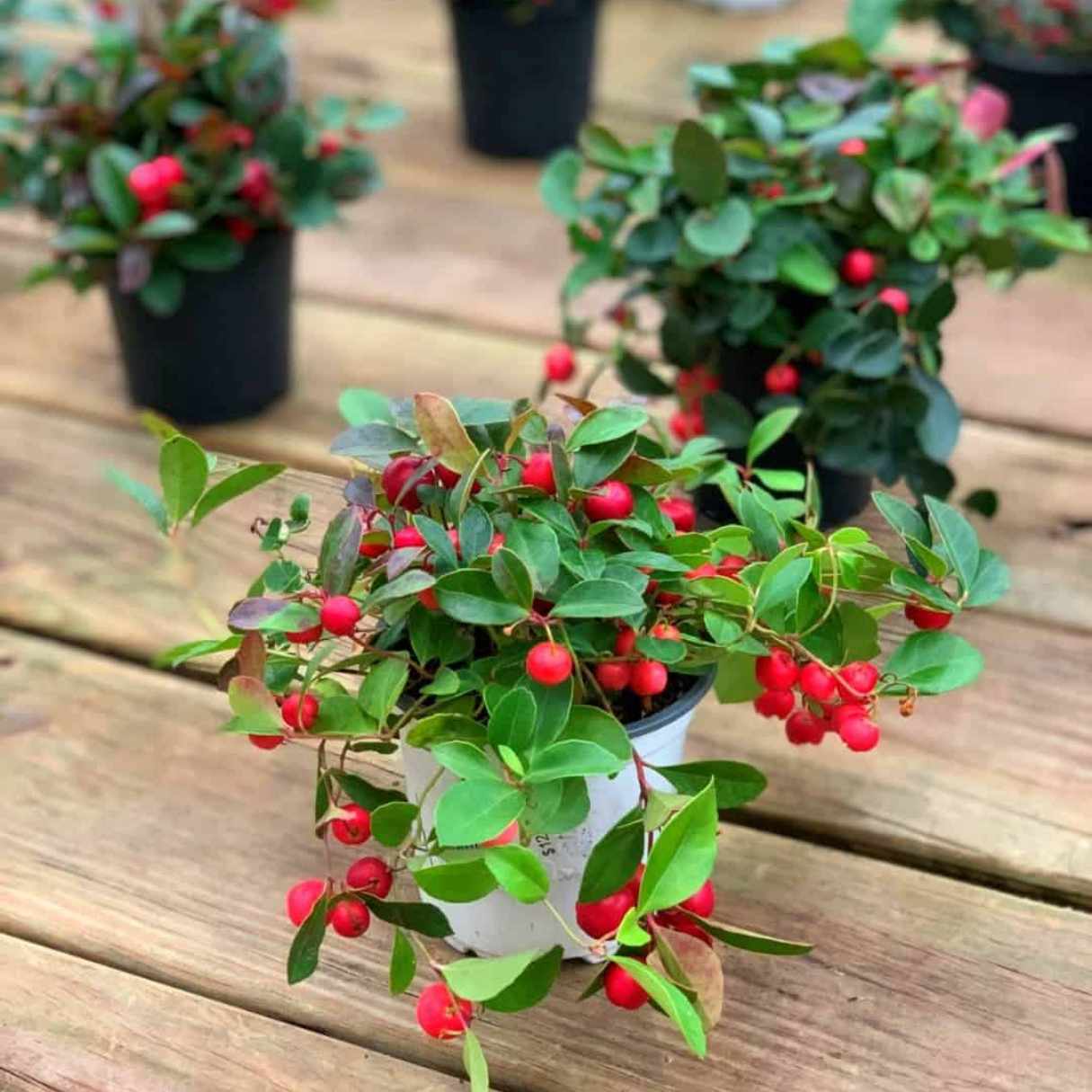

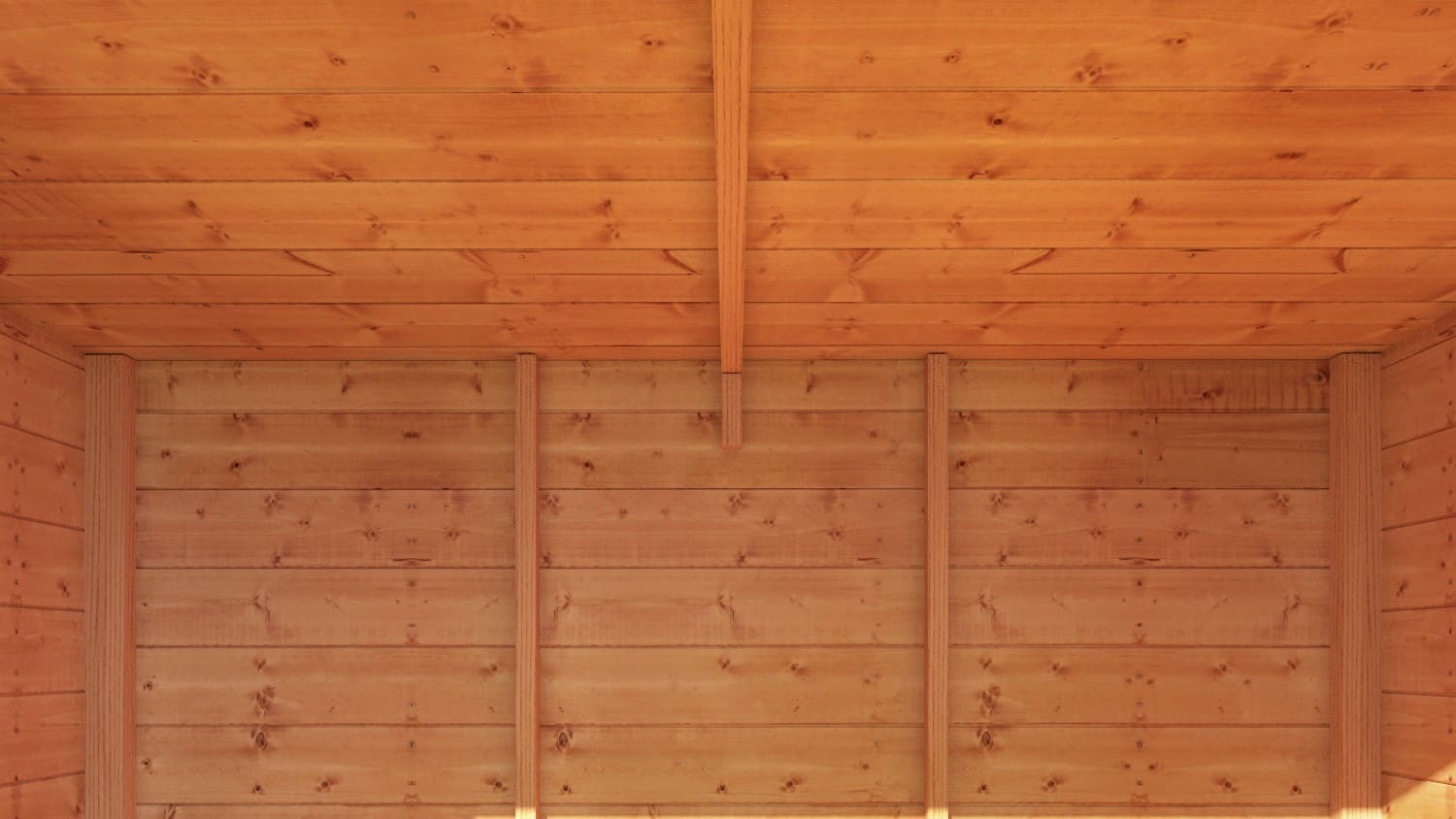



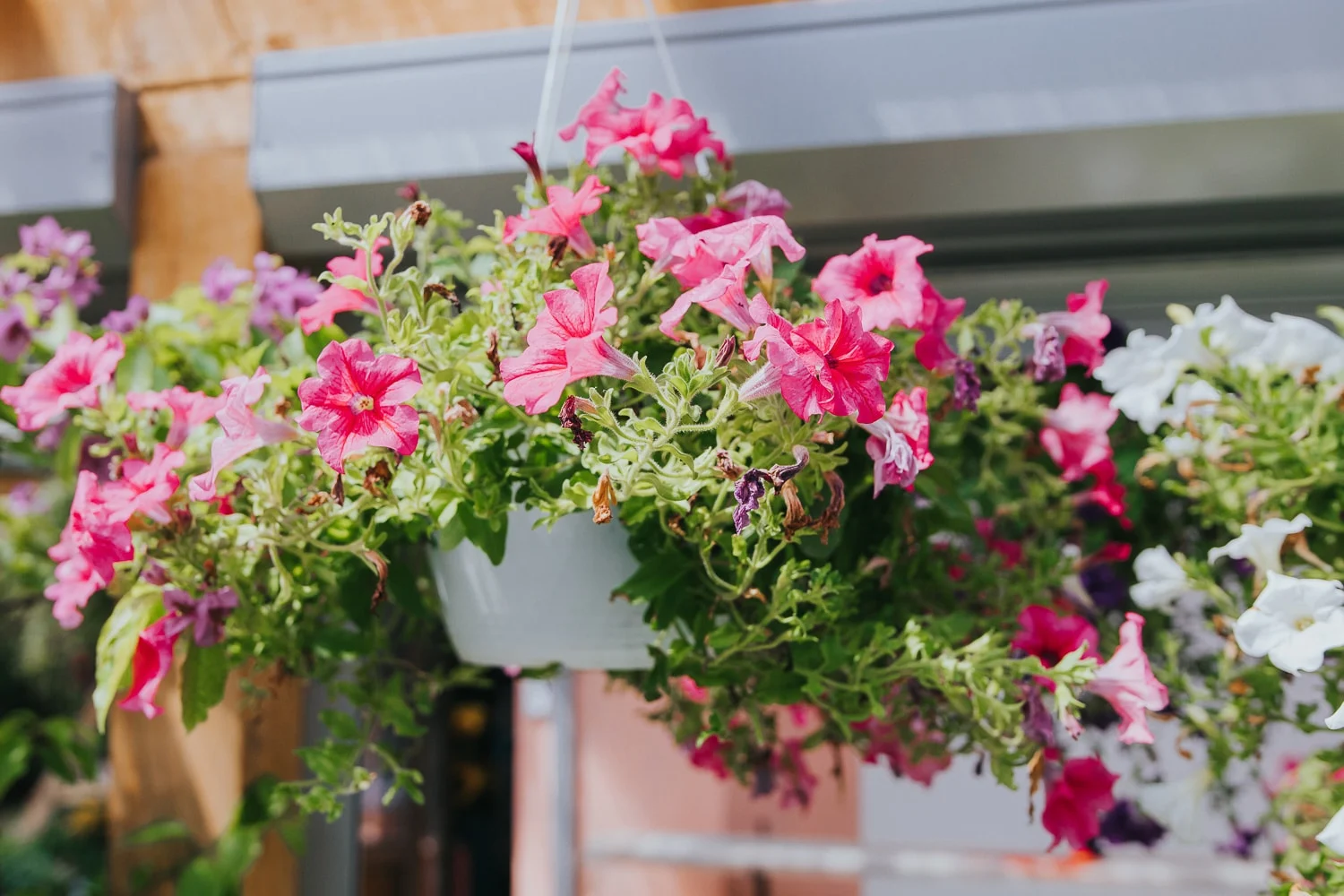
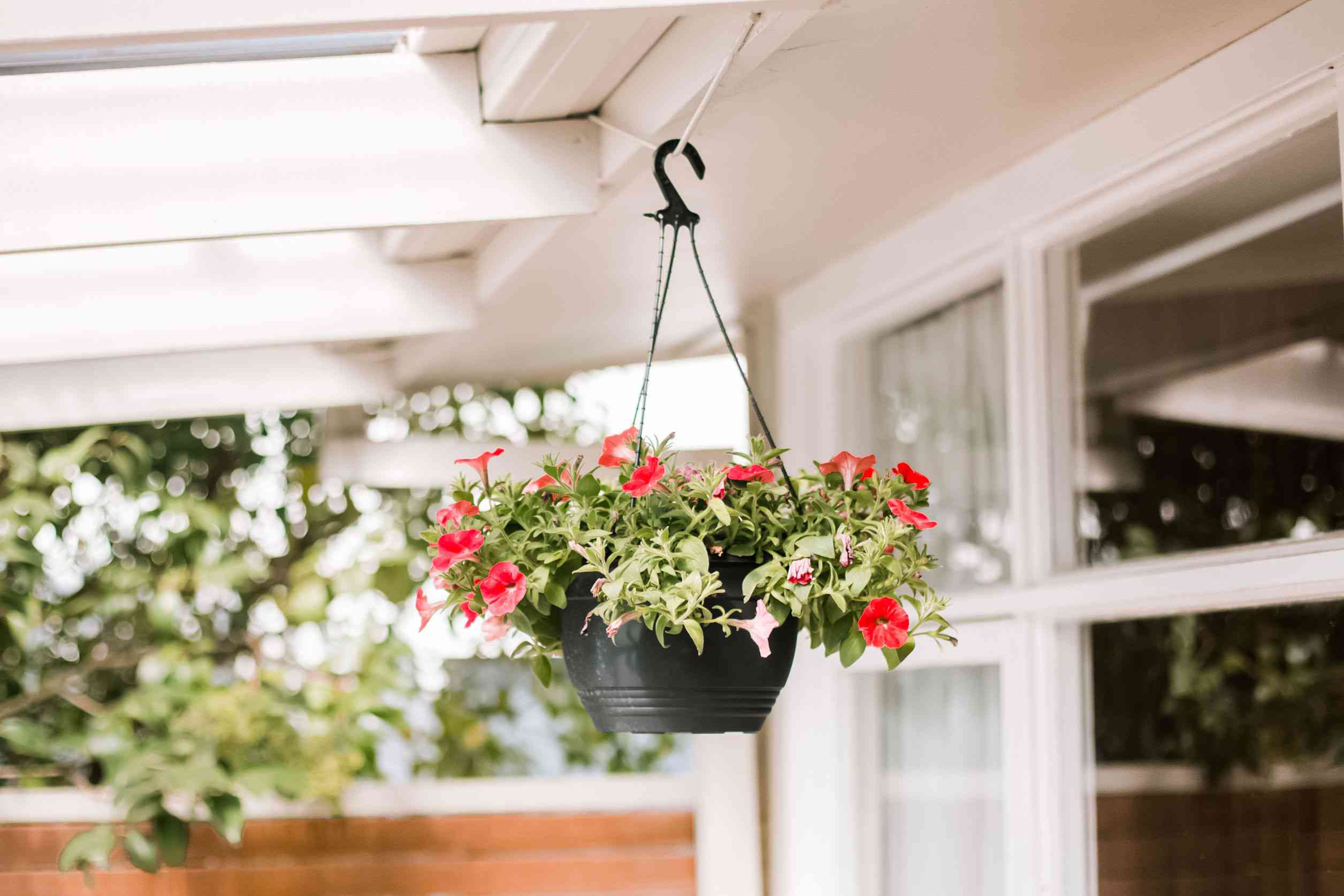
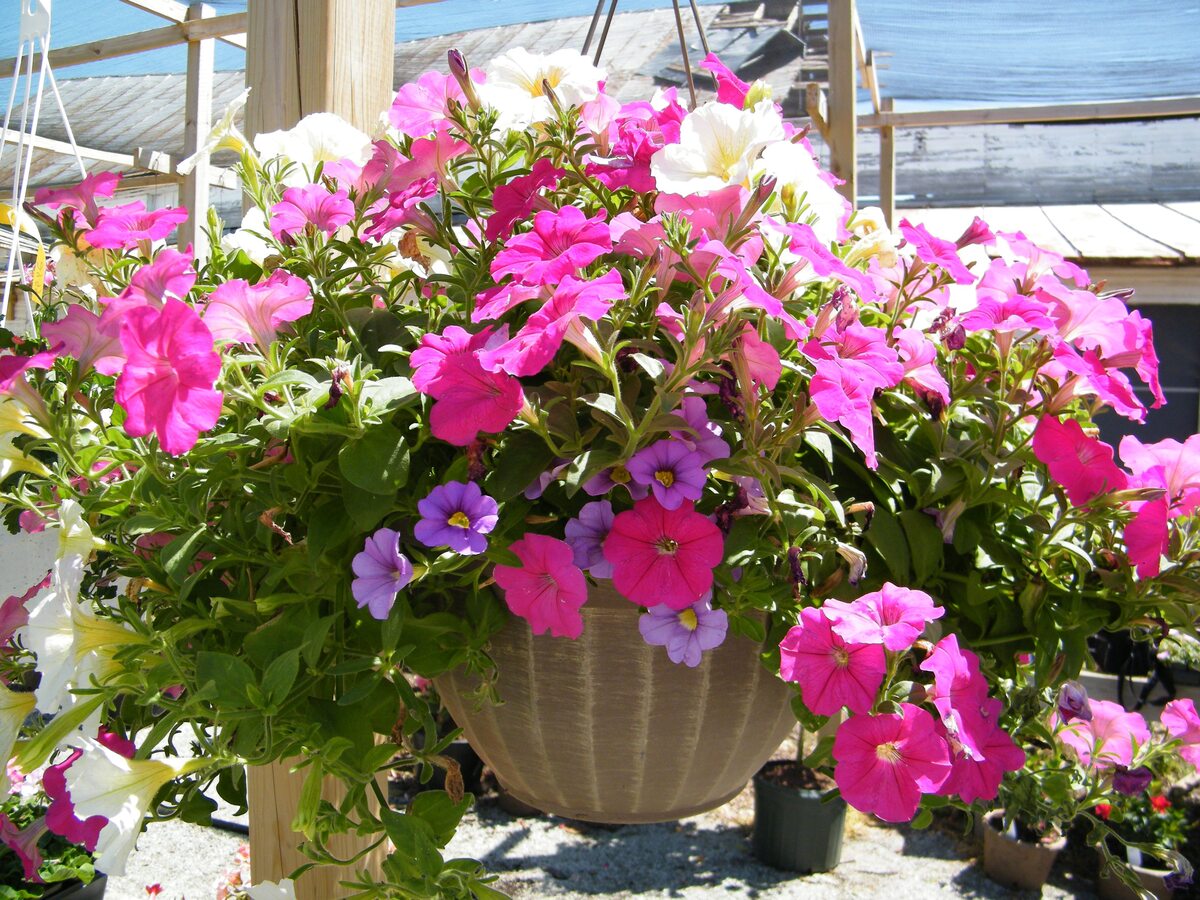
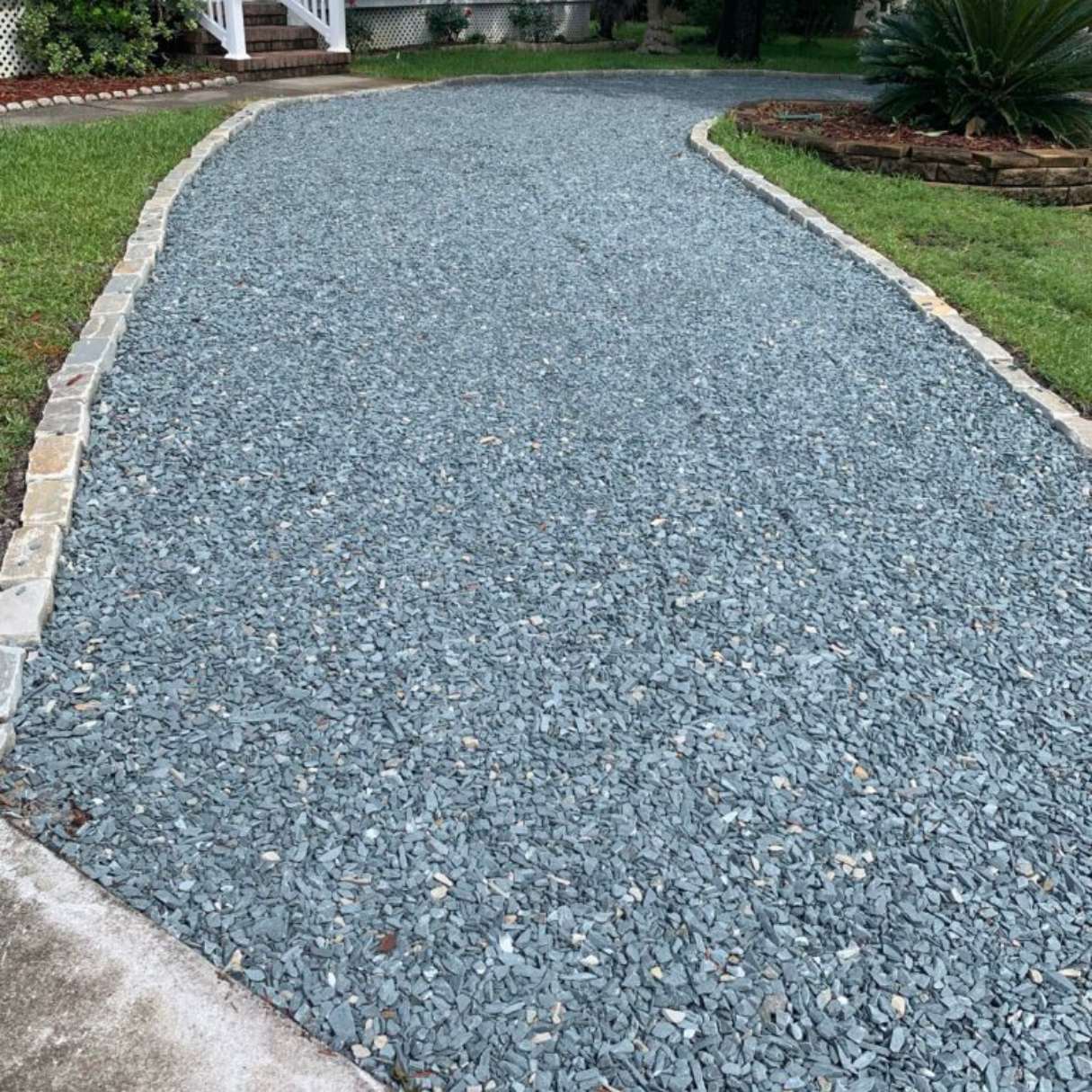
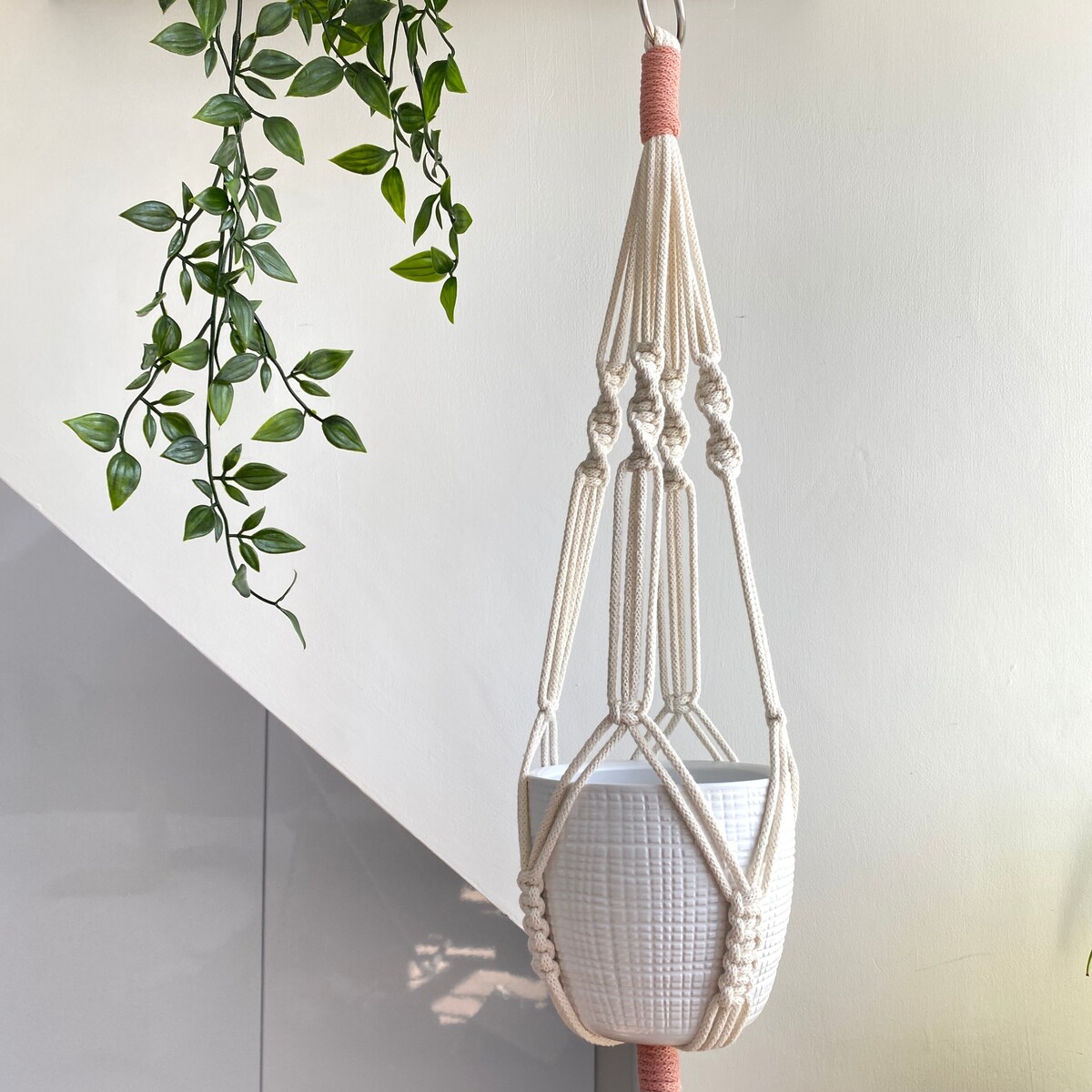
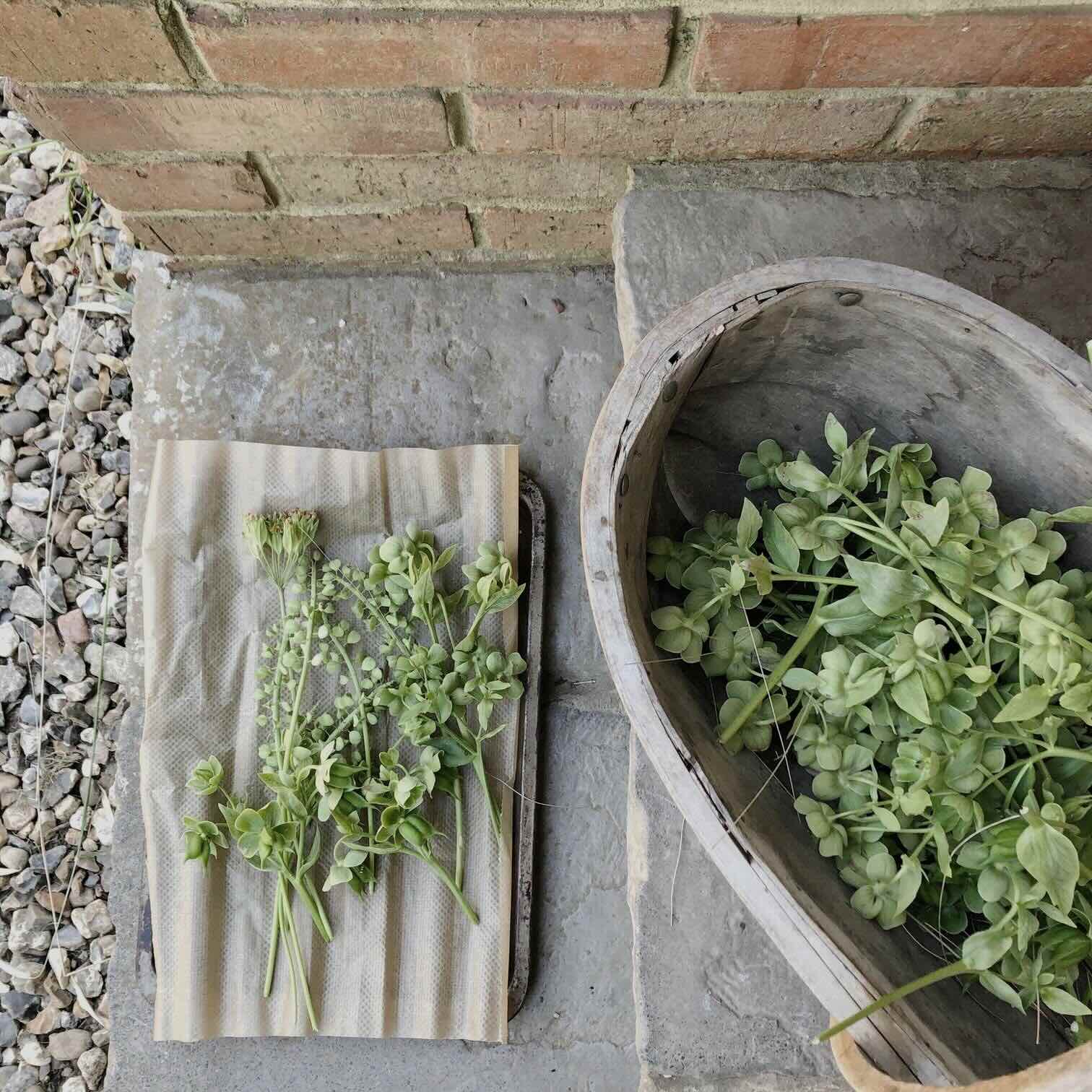


0 thoughts on “How To Keep Hanging Baskets From Drying Out”